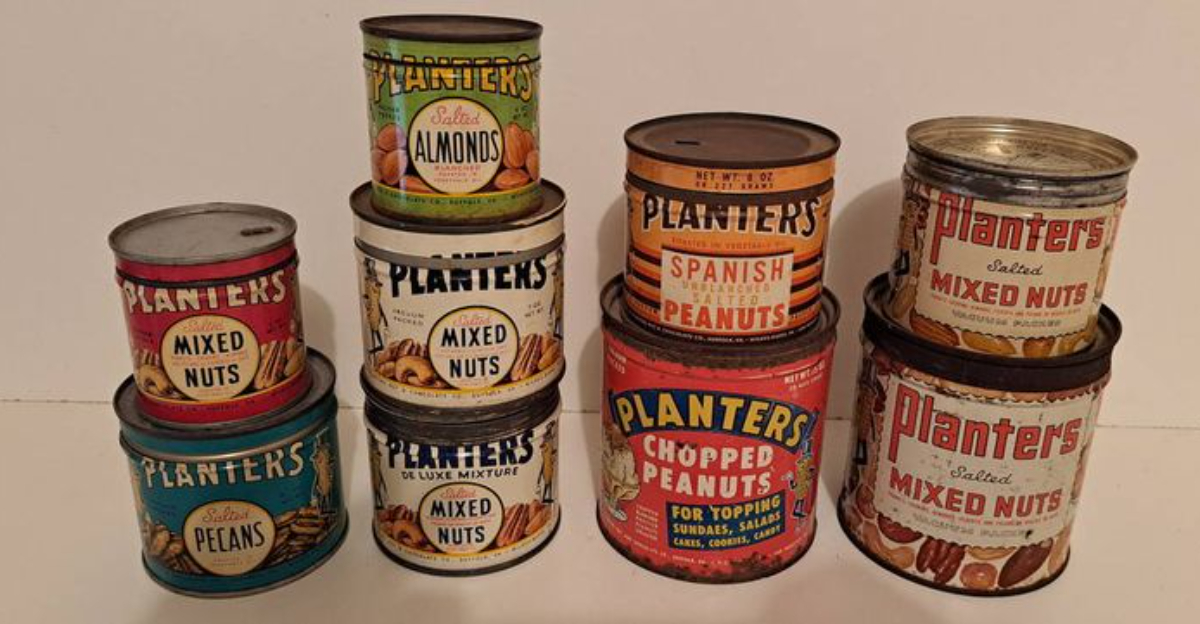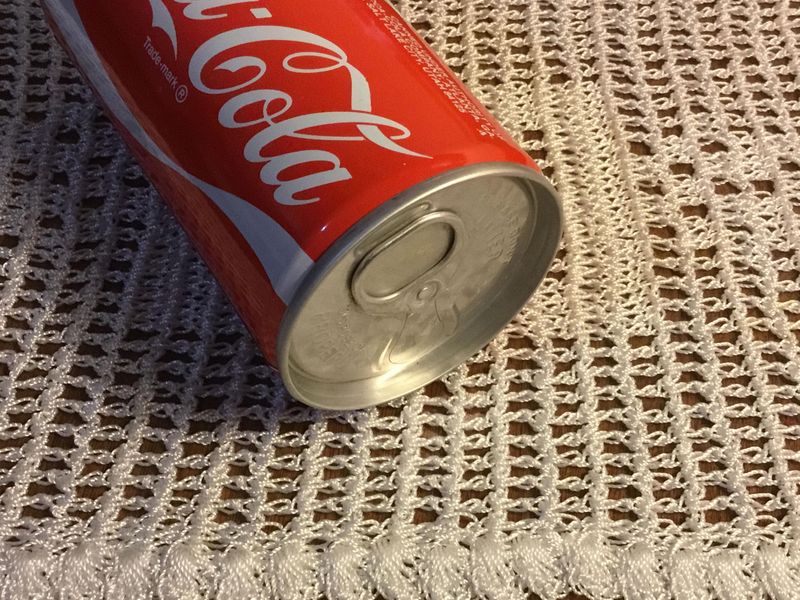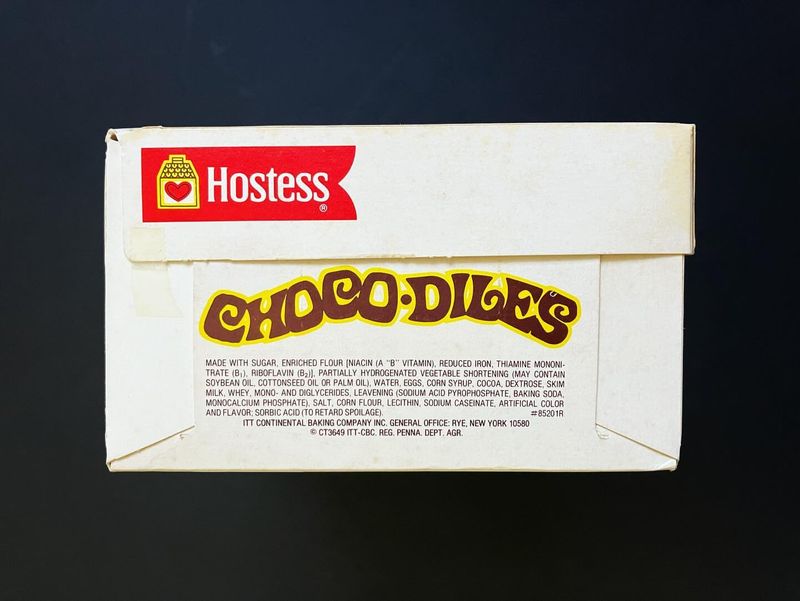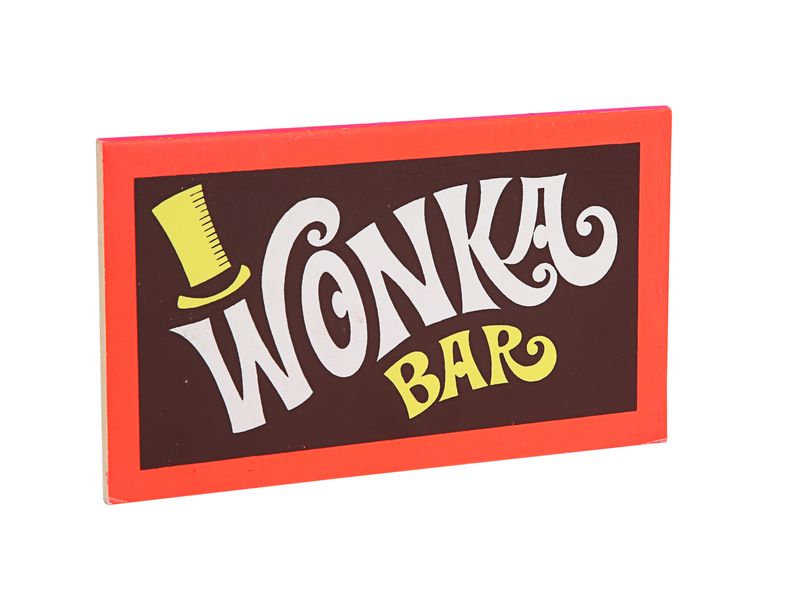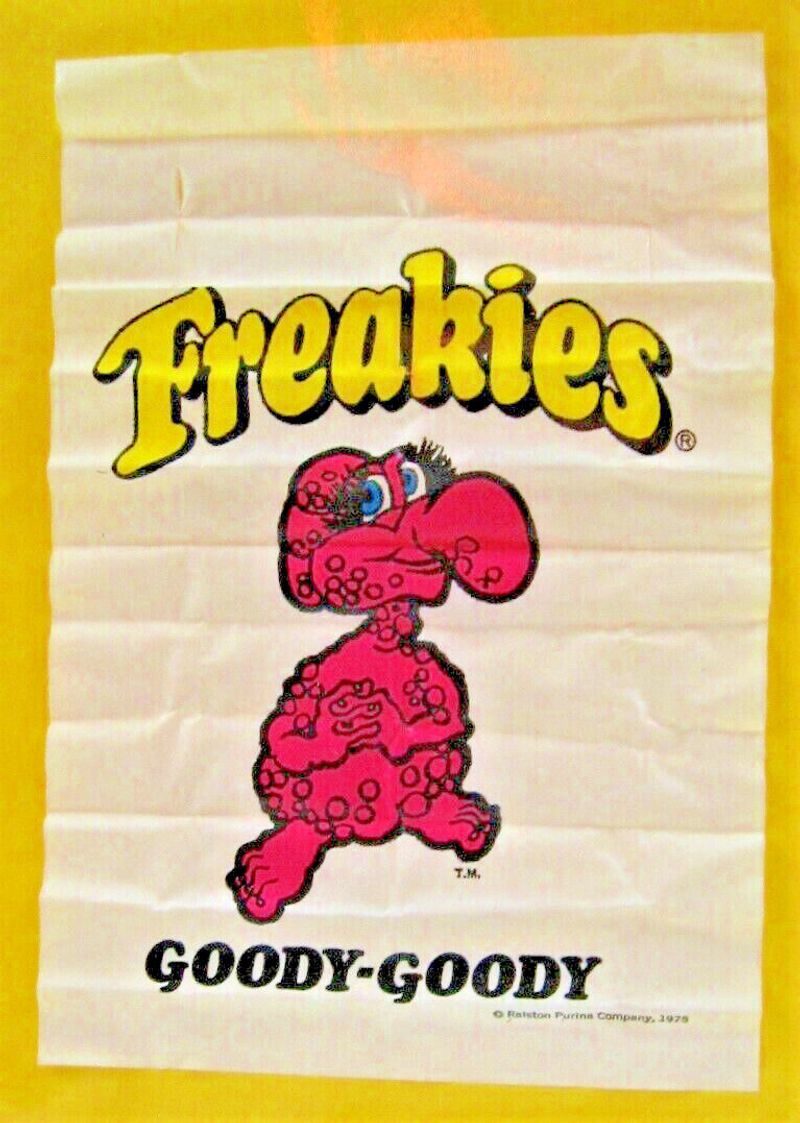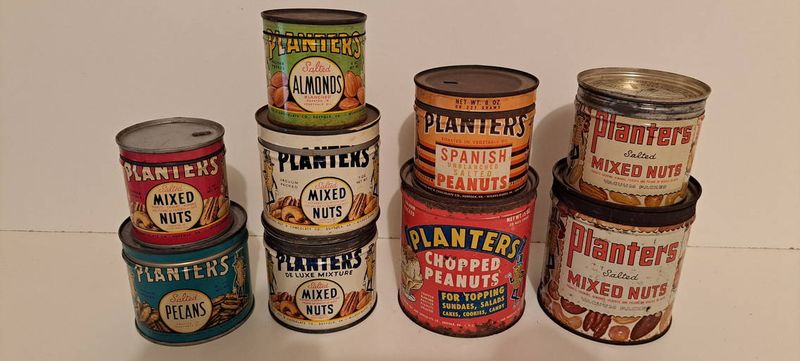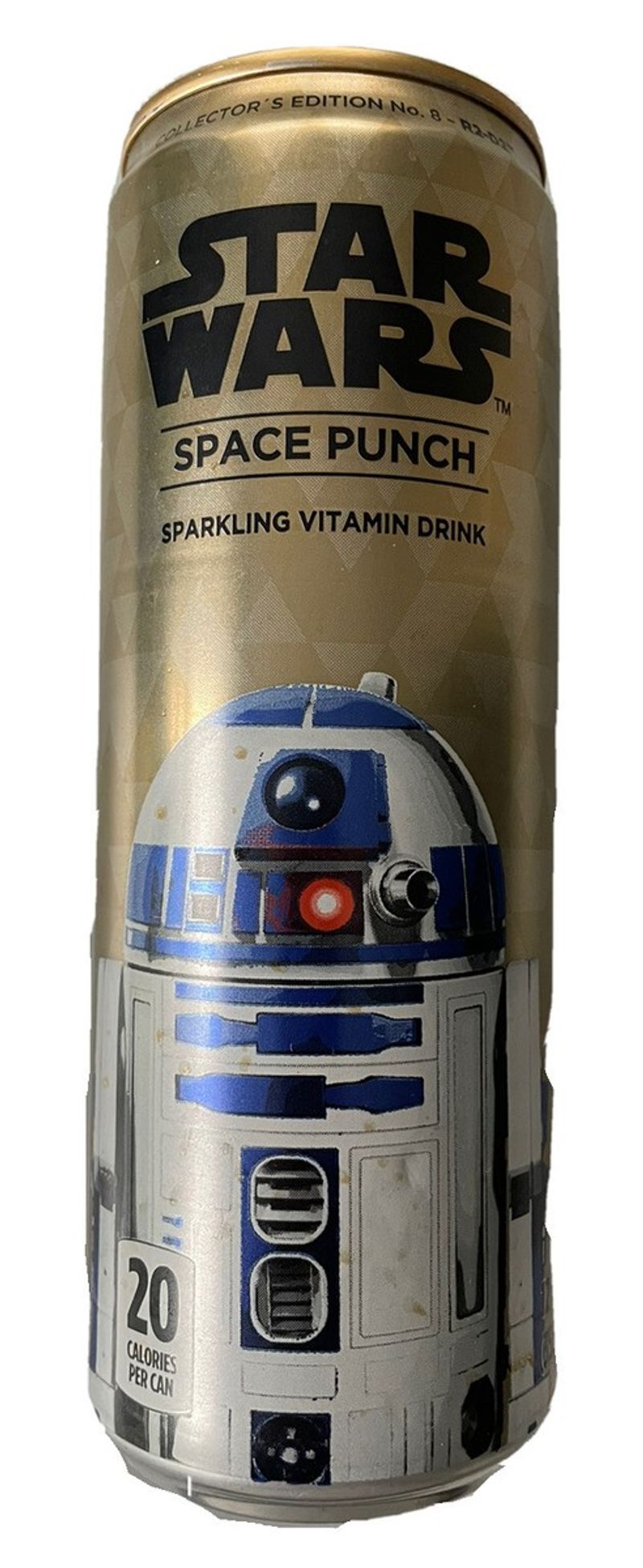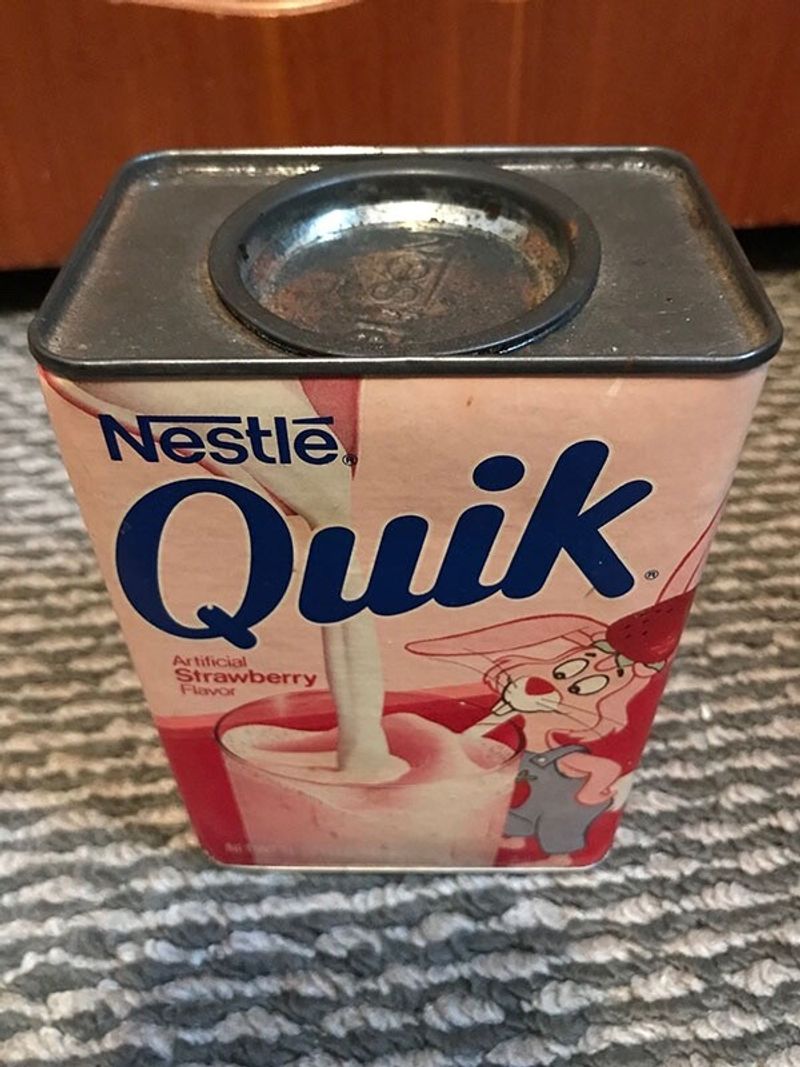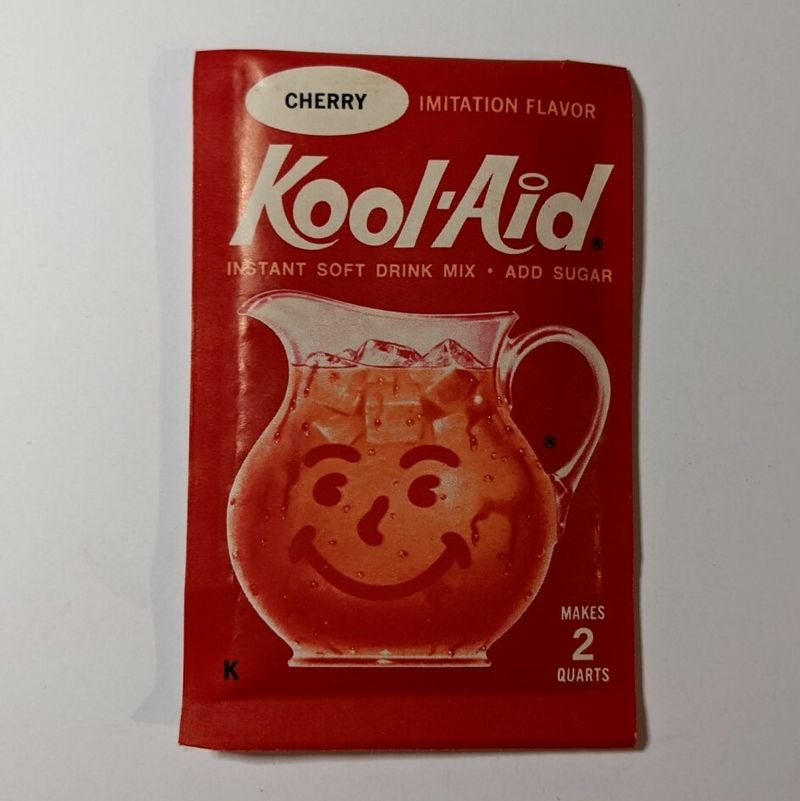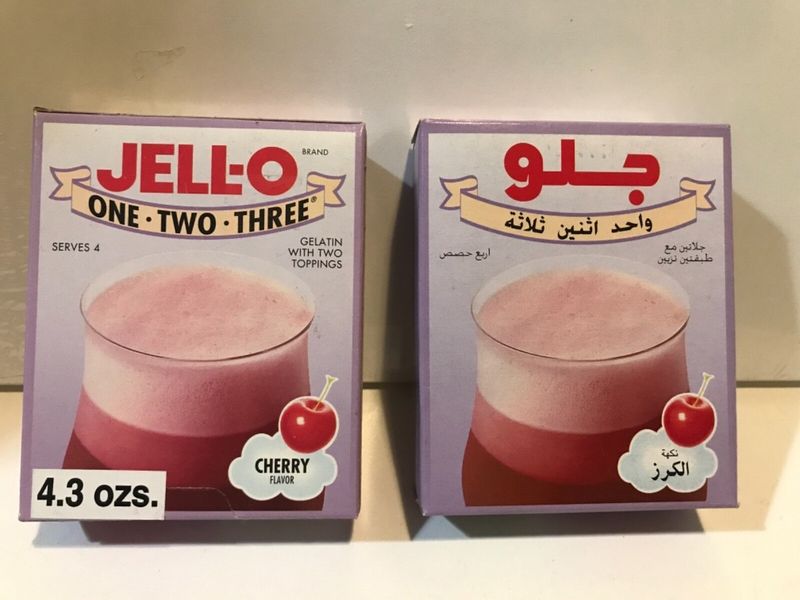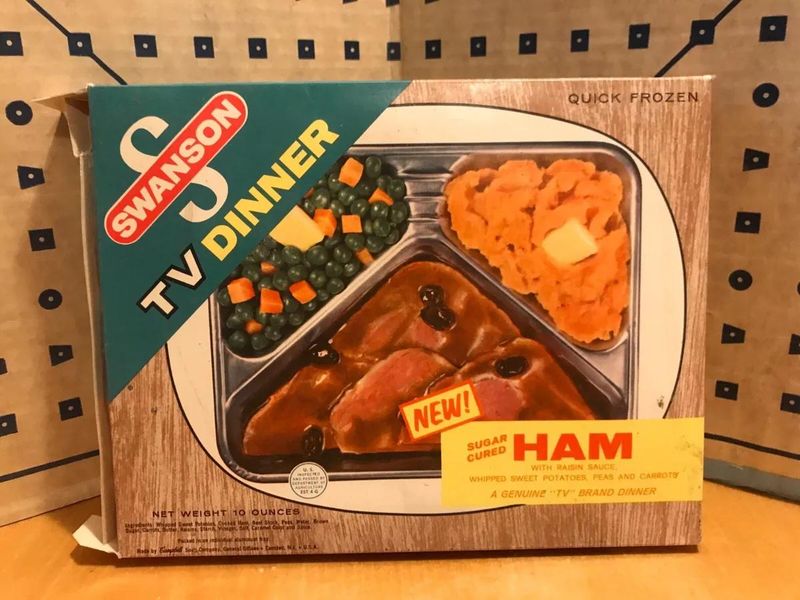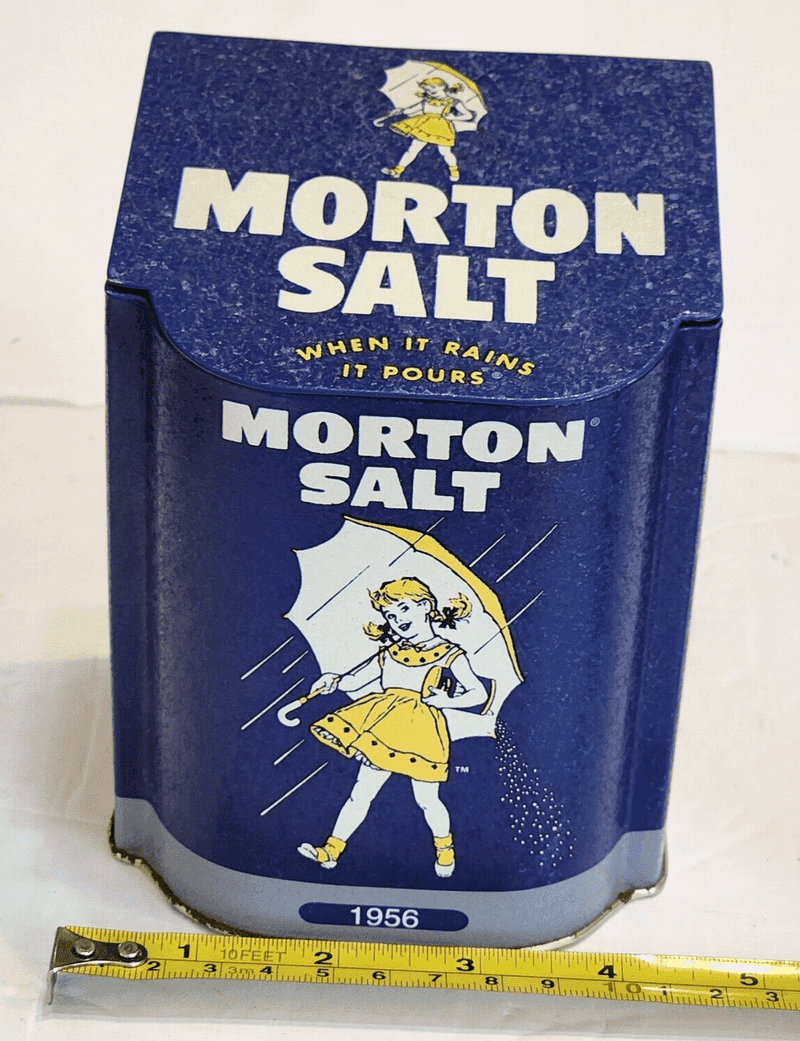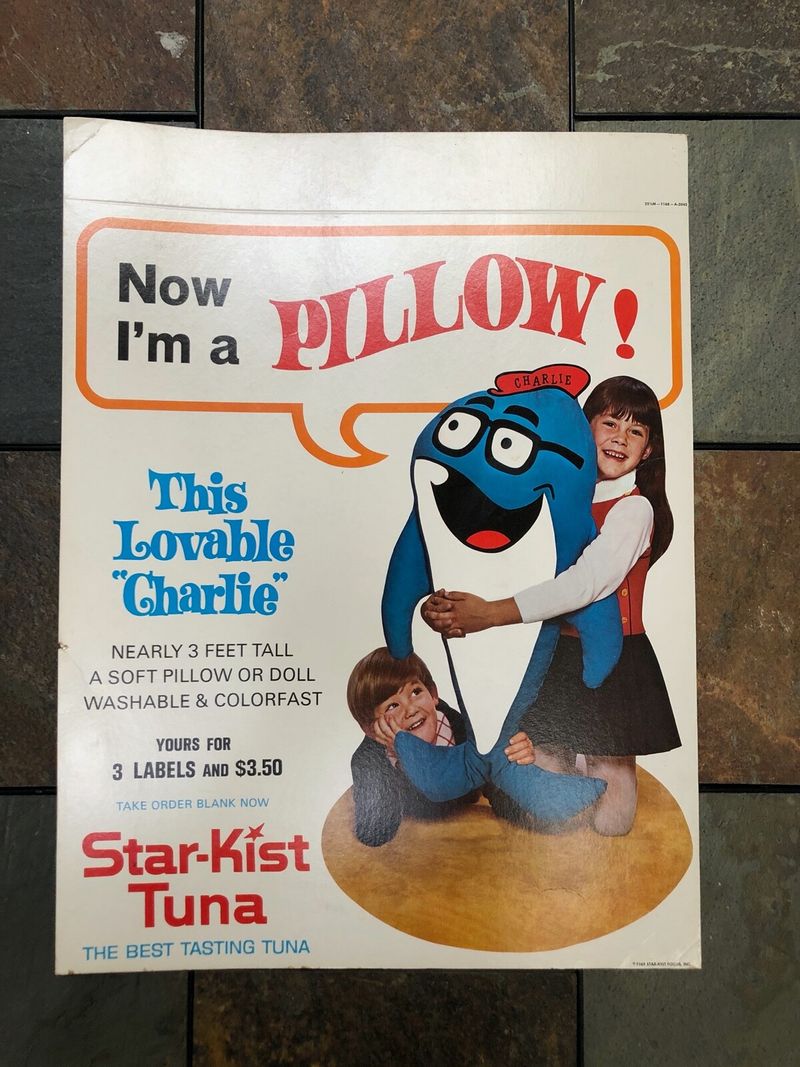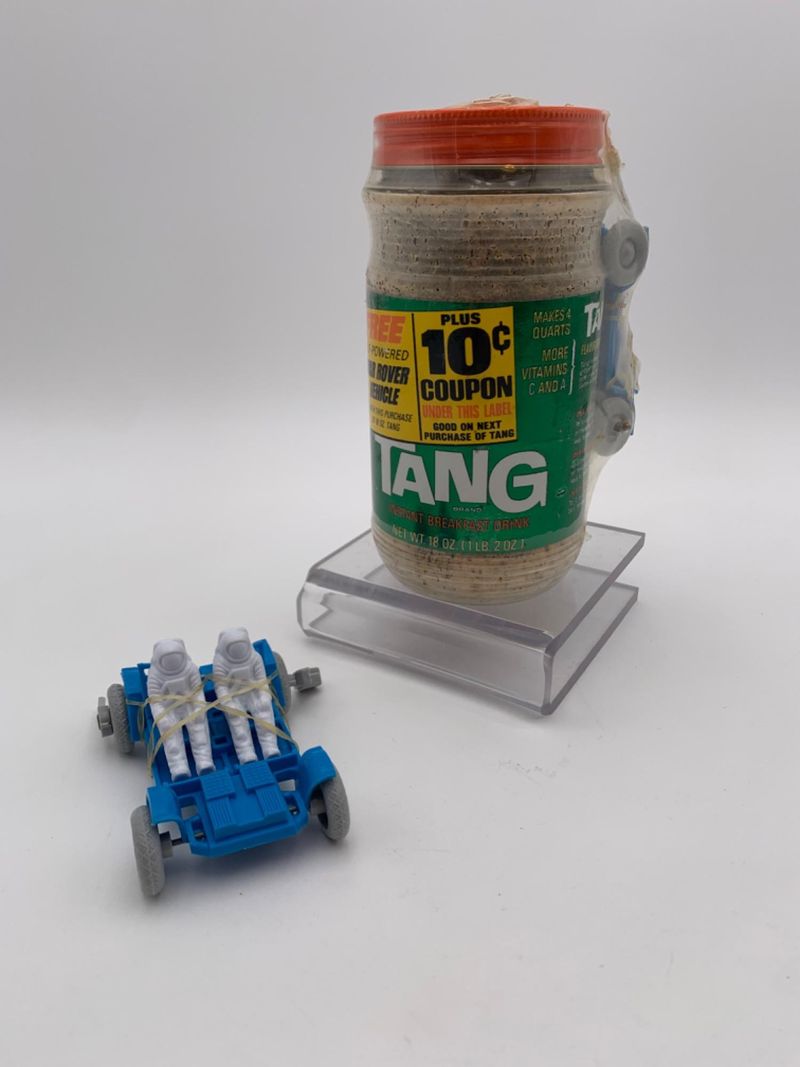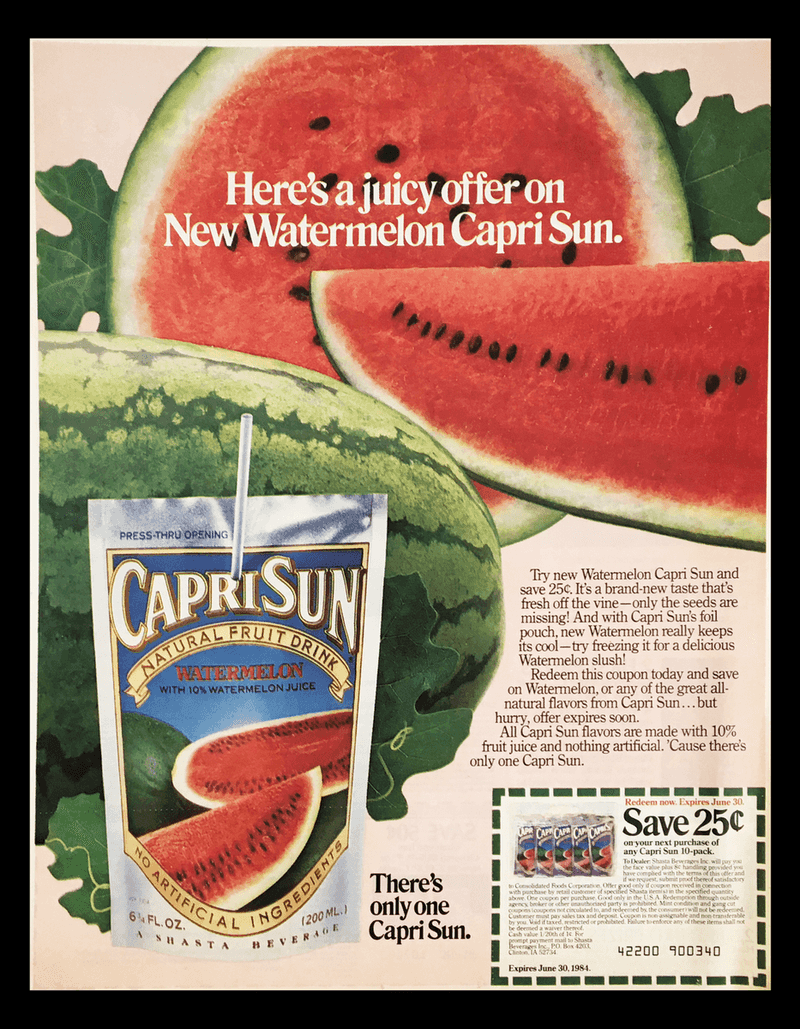Remember those everyday grocery items that lined your pantry shelves in the 1970s? Some of those ordinary products have transformed into extraordinary treasures over the decades.
What once cost mere pennies at your local supermarket might now fetch hundreds of dollars from eager collectors.
Grab your shopping cart and take a nostalgic trip down the grocery aisles of yesteryear to discover which retro food items could be worth big bucks today.
1. Unopened Cans of Tab Cola
The iconic pink can that launched America’s diet soda obsession now commands serious cash from collectors. Tab’s distinctive saccharin flavor profile made it a staple in many 1970s refrigerators before Diet Coke eventually stole the spotlight.
When Coca-Cola finally discontinued Tab in 2020, prices for vintage cans skyrocketed. Original 1970s cans in mint condition can sell for $50-100 each, with rare promotional versions fetching even more.
The most valuable specimens feature the earliest graphics and remain factory-sealed. For Tab devotees who grew up with the slogan “One calorie, beautifully dressed,” these aluminum time capsules represent both nostalgia and investment potential.
2. Hostess Chocodiles
Long before social media food crazes, these chocolate-covered Twinkies sparked shopping frenzies when they hit shelves. Originally a regional treat in the 1970s, Chocodiles became legendary partly because of their limited availability.
Original packaging from this era can command $75-150 from serious snack memorabilia collectors. The most valuable specimens remain sealed in their original cellophane wrappers with the vintage Hostess mascot.
While Hostess has periodically reintroduced Chocodiles, nothing matches the nostalgic appeal of the originals. Their scarcity today stems from the obvious problem with collecting snack foods – most people simply ate them!
3. Willy Wonka Chocolate Bars
Golden ticket dreams fueled sales of these movie tie-in treats back in 1971. Released alongside the original Willy Wonka film starring Gene Wilder, these chocolate bars weren’t just candy – they were part of pop culture history.
Authentic wrappers from promotional Wonka bars now fetch $200-500 from serious collectors. The golden ticket versions, which originally offered real prizes, are particularly valuable treasures today.
Quaker Oats originally manufactured these bars as part of the film’s marketing campaign. Few survived intact because children eagerly tore into them hoping to find their own golden ticket to Wonka’s factory, making preserved specimens extremely rare.
4. General Mills Freakies Cereal
Breakfast tables across America welcomed these colorful monster mascots in 1973. Each box introduced kids to characters like Boss Moss, Snorkeldorf, and Goody Goody who lived in the mythical Freakies Tree.
Complete boxes in good condition now command $150-300 from cereal memorabilia enthusiasts. The plastic monster figurines included as prizes are treasures in their own right, with complete sets fetching premium prices.
Despite a devoted following, Freakies disappeared from shelves by 1977. The short production run, combined with the fact that cardboard boxes rarely survived intact, makes authentic specimens increasingly difficult to find – and increasingly valuable to those who remember pouring a bowl of these sweetened corn puffs.
5. Vintage Planters Cheese Balls
Before plastic containers took over, these cheesy snacks came in distinctive blue tins featuring Mr. Peanut in his dapper attire. The cylindrical containers became household items, often repurposed for storing sewing supplies or small toys after the last orange ball disappeared.
Original 1970s containers in good condition now sell for $40-80 to advertising collectors. The most valuable specimens still have intact lids with minimal rust and vibrant graphics.
Planters discontinued the original recipe for decades before bringing back a version in 2018. However, nostalgic snack enthusiasts insist the modern formula doesn’t match the distinctively addictive flavor profile that made the original 1970s version a pantry staple.
6. Hi-C Metal Cans
Before juice boxes revolutionized lunchboxes, Hi-C came in steel cans requiring those triangular punch openers. The late 1970s Star Wars promotional cans featuring R2-D2 and other characters created a perfect storm of collectibility.
Unopened cans from this era can bring $75-200 from serious collectors. Star Wars editions command the highest prices, but any 1970s Hi-C can with intact graphics qualifies as a valuable piece of beverage history.
Finding these in pristine condition is exceptionally rare – most were either consumed or have succumbed to rust over the decades. The transition to cardboard packaging in later years makes these metal time capsules particularly significant to food packaging historians and nostalgic collectors alike.
7. Nestlé Quik Tins
Chocolate milk became instant magic with a spoonful from these iconic metal containers featuring the Nestlé Bunny. Strawberry Quik, with its distinctive pink packaging, remains particularly sought after by collectors.
Original 1970s tins in good condition now sell for $30-80 depending on variant and condition. The most valuable examples still have product inside and feature vintage graphics before the name changed to “Nesquik” in the 1990s.
Many families kept these sturdy containers long after the powder was gone, repurposing them for flour, sugar, or button storage. This practical recycling ironically makes unopened examples increasingly rare treasures that transport collectors back to simpler times when chocolate milk powder transformed ordinary milk into something special.
8. Kool-Aid Packets with Vintage Mascots
Those little paper envelopes that transformed water into liquid joy have become surprising collectibles. The smiling pitcher mascot underwent several design changes throughout the decade, making certain packet variations more valuable than others.
Discontinued flavors like Sunshine Punch and Great Bluedini from this era can fetch $15-40 per packet. Complete sets from promotional campaigns or featuring retired graphics command premium prices from serious collectors.
Remarkably, some enthusiasts have discovered unopened 1970s packets still produce drinkable Kool-Aid! The simple paper packaging has preserved the powder remarkably well, though most collectors wouldn’t dare mix these valuable artifacts – they’re worth much more as nostalgic time capsules than as beverages.
9. Jell-O 1-2-3 Mix Boxes
Kitchen chemistry never seemed more magical than when this three-layer dessert separated itself while chilling. Introduced in 1969 and beloved throughout the 1970s, Jell-O 1-2-3 created a clear bottom layer, creamy middle, and fluffy top all from one mix.
Original boxes now bring $50-75 from food memorabilia collectors. The rarest examples feature special promotional graphics or holiday themes that had limited distribution.
General Foods discontinued this miraculous dessert in 1996, devastating fans who loved the texture combination. Modern dessert enthusiasts have attempted to recreate the recipe, but original boxes remain prized artifacts from an era when convenience foods were revolutionizing American kitchens with products that seemed almost supernatural in their simplicity.
10. TV Dinner Aluminum Trays
Mealtimes changed forever when these compartmentalized aluminum trays brought restaurant-style dining to home freezers. Swanson dominated this space with distinctive packaging featuring wood-grain designs and appetite-appealing photography.
Unused trays with original cardboard sleeves from the 1970s now sell for $25-60 to collectors of American food history. Thanksgiving dinner versions are particularly coveted for their cultural significance.
Finding complete examples proves challenging since these were literally disposable products. The aluminum trays themselves often survived longer than their cardboard sleeves, which contained the valuable graphics and branding. For many collectors, these humble TV dinners represent the beginning of convenience culture that transformed American eating habits forever.
11. Morton Salt Collectible Containers
The iconic girl with an umbrella has graced American kitchens since 1914, but 1970s special edition containers have particular value. During this decade, Morton released commemorative tins and limited edition packaging that now command surprising prices.
Bicentennial editions from 1976 are especially valuable, selling for $30-75 in good condition. Collectors prize unopened containers with intact paper labels showing minimal fading or water damage.
Morton’s consistent branding makes these items perfect for advertising collectors who appreciate the evolution of this iconic American logo. While the slogan “When it rains, it pours” remained constant, subtle design changes throughout the decade help experts date specific containers and determine their rarity and corresponding value.
12. StarKist Tuna with Charlie the Tuna
America’s favorite rejected tuna became an advertising icon despite never being “good enough” for the brand. Charlie’s distinctive beret and glasses made StarKist cans instantly recognizable on grocery shelves throughout the 1970s.
Promotional versions featuring special Charlie graphics now sell for $20-45 to advertising collectors. Limited contest editions with intact labels are particularly valuable pieces of consumer history.
Charlie’s catchphrase “Sorry, Charlie!” entered the national lexicon during this decade. The character’s popularity led to merchandise beyond the cans themselves, including toys and clothing, but original packaging remains most valuable to serious collectors who appreciate how this cartoon fish transformed an ordinary pantry staple into a beloved brand with personality.
13. Vintage Tang Powder Jars
The drink of astronauts captured America’s space-race imagination and found its way into countless breakfast routines. Tang’s association with NASA missions made it seem futuristic despite being essentially flavored sugar.
Original glass jars with metal lids from the 1970s now sell for $35-90 to collectors. Apollo mission promotional editions command the highest prices, especially those featuring space-themed graphics.
Finding these containers with intact original labels becomes increasingly difficult with each passing year. The most valuable examples still contain powder, though collectors purchase them for display rather than consumption. For many Baby Boomers, these orange containers represent childhood memories of imagining themselves in space while enjoying what they believed was the same beverage consumed by their astronaut heroes.
14. Vintage Capri Sun Pouches
Revolutionary when introduced, these metallic pouches with attached straws transformed lunchbox beverages forever. Originally imported from Germany in the late 1970s, early American versions featured distinctive graphics that differ significantly from today’s designs.
Unopened pouches from this era (remarkably preserved despite their intended disposable nature) sell for $30-60 each. International versions with German text command premium prices from serious beverage packaging collectors.
The challenge of preserving what was designed as single-use packaging makes these especially rare. Most were consumed and discarded, with the flexible foil pouches easily damaged. For collectors of food innovation, these represent a pivotal moment when packaging technology created an entirely new product category that would influence children’s beverages for decades to come.
